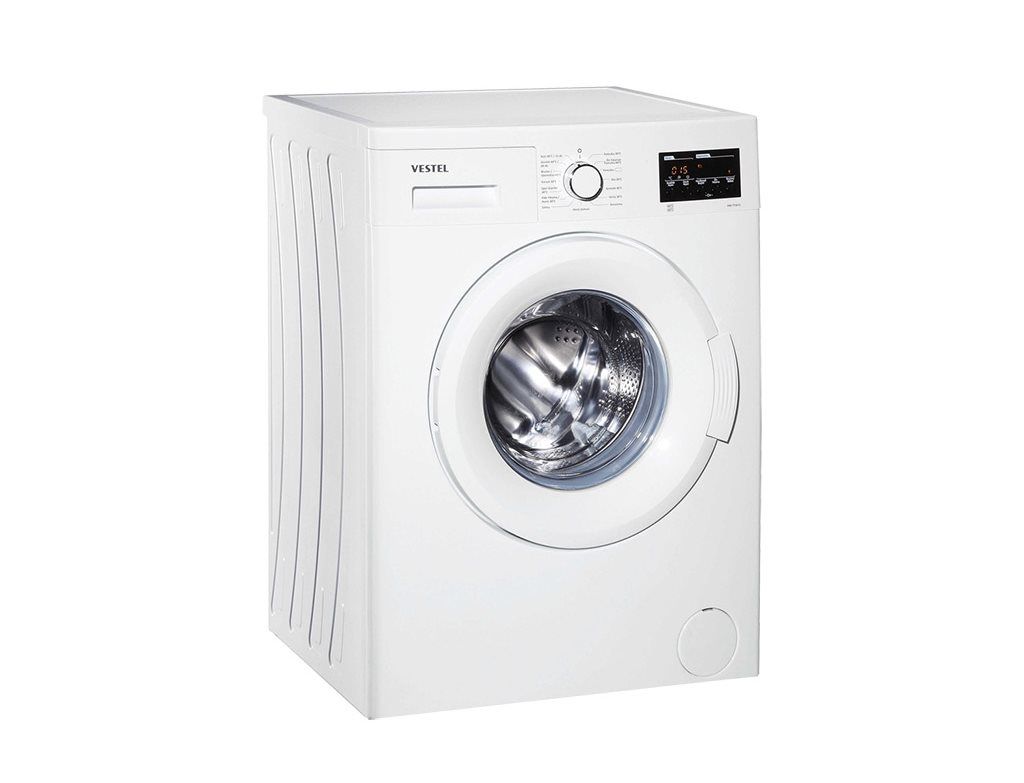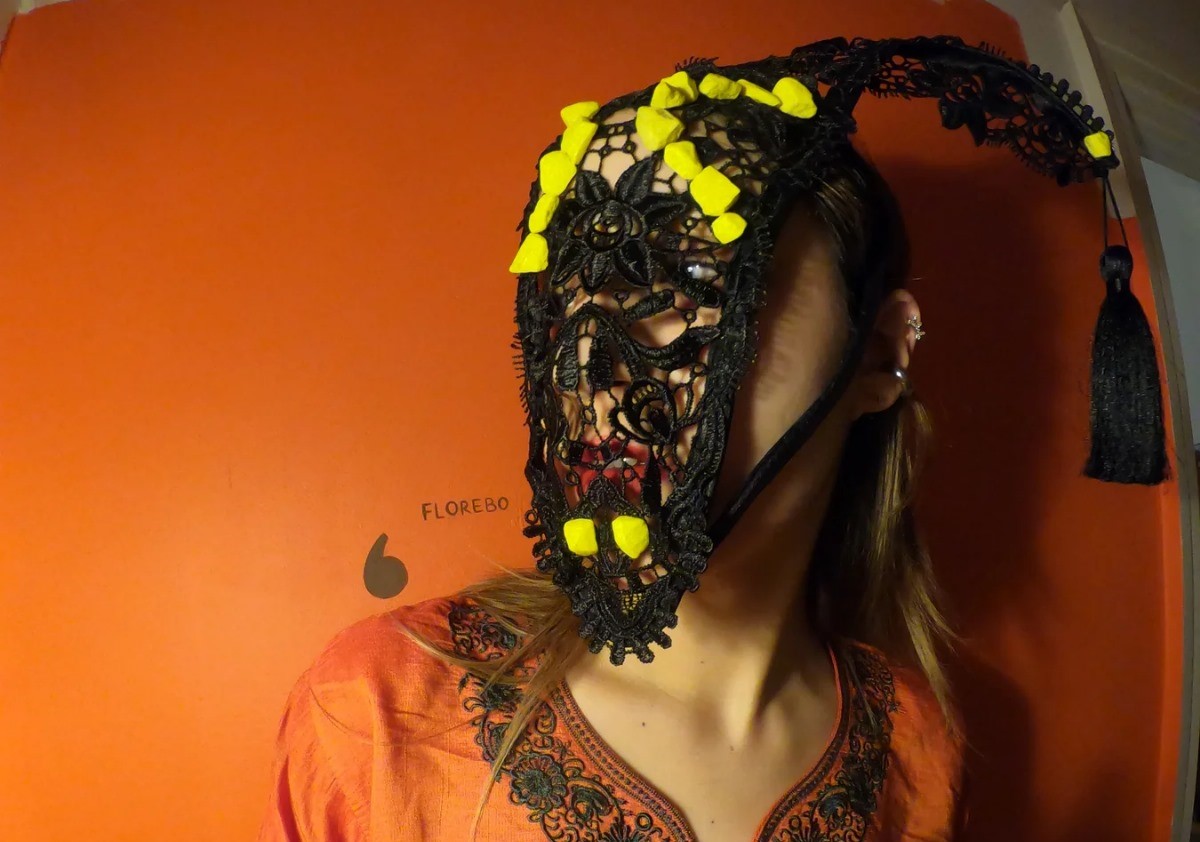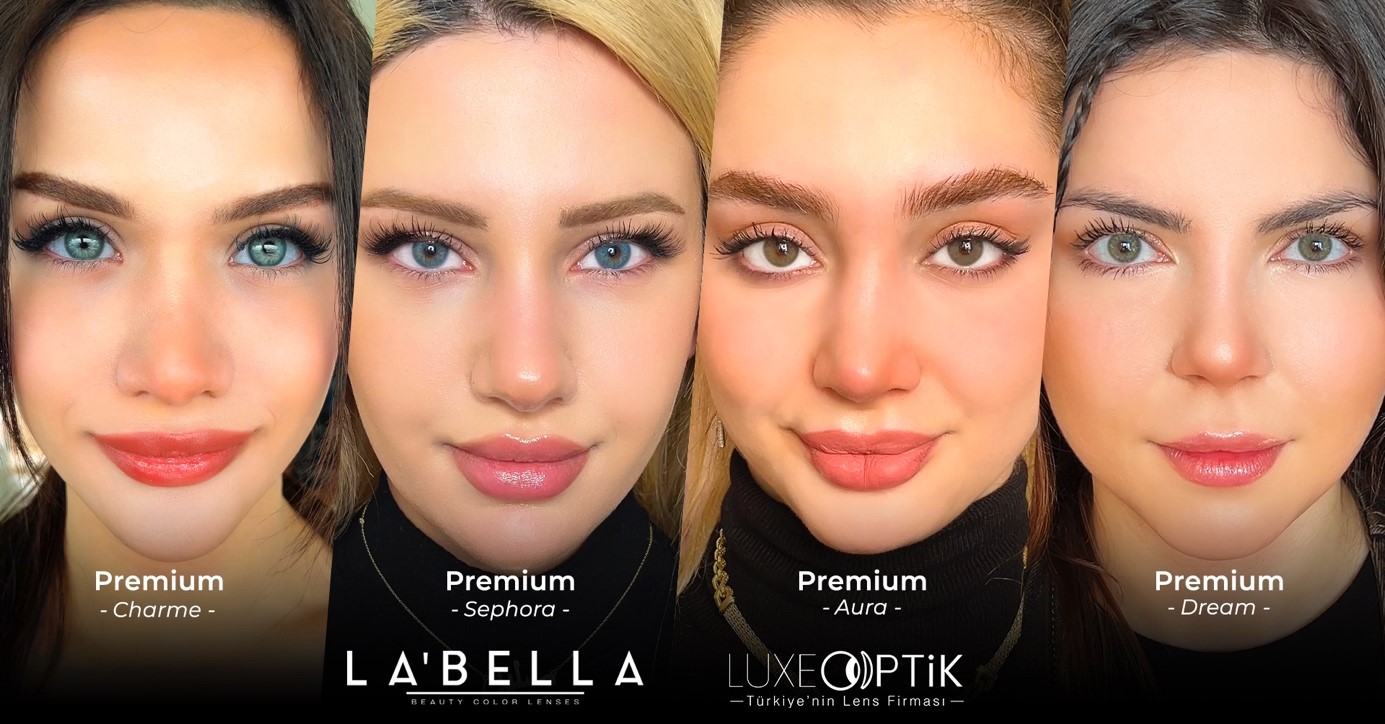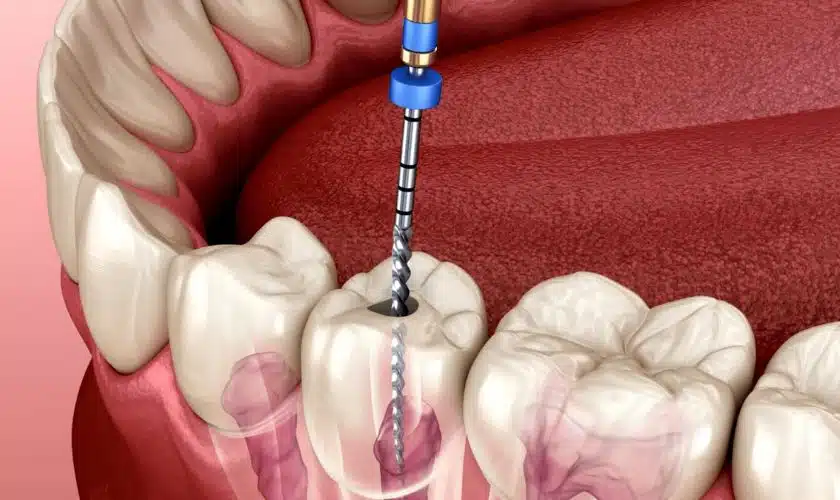What Do Complementary and Alternative Medicine Really Mean?

Başlıklar
What Do Complementary and Alternative Medicine Really Mean?
In recent years, the terms complementary and alternative medicine have increasingly found their way into conversations about health and wellness. Yet, despite their growing popularity, there remains considerable confusion about what these terms really mean and how they differ from conventional medicine. This article aims to demystify these concepts, shedding light on the nuances of complementary and alternative medicine (CAM) and their roles in modern healthcare. By exploring the definitions, types, benefits, and risks associated with CAM, we seek to provide readers with a clear understanding of these practices, empowering them to make informed decisions about their health.
Understanding Complementary and Alternative Medicine
Complementary Medicine refers to the use of non-mainstream practices alongside conventional medicine. This approach doesn’t replace traditional treatments but rather complements them, aiming to improve overall well-being and symptom management. For example, a cancer patient might use acupuncture alongside chemotherapy to alleviate treatment-related side effects.
Alternative Medicine, on the other hand, is used in place of conventional medicine. This approach involves relying entirely on non-mainstream methodologies for treating and managing diseases. An individual might choose to treat a health condition with herbal remedies instead of pharmaceutical medications, embodying the alternative medicine approach.
The key difference between the two lies in their integration with conventional medical treatments. Complementary medicine works in tandem with traditional medicine, while alternative medicine seeks to replace it. Understanding this distinction is crucial for anyone considering CAM as part of their healthcare regimen.
Types of Complementary and Alternative Medicine
The world of CAM is diverse, encompassing a wide range of practices that span across different cultures and philosophies. Here are some of the most common types:
- Acupuncture: Originating from traditional Chinese medicine, acupuncture involves inserting fine needles into specific points on the body. It’s often used as a complementary therapy for pain relief and stress management.
- Herbal Medicine: This involves the use of plants or plant extracts to treat various health conditions. While some herbs are used complementarily to support conventional treatments, others are used as an alternative, especially in systems like Ayurveda or traditional Chinese medicine.
- Yoga: A holistic practice combining physical postures, breathing exercises, and meditation. Yoga can serve as a complementary approach to enhance mental and physical well-being.
- Chiropractic Care: Focuses on diagnosing and treating mechanical disorders of the musculoskeletal system, especially the spine. It’s commonly used alongside conventional care for back pain.
- Homeopathy: Based on the principle of “like cures like,” homeopathy uses highly diluted substances with the aim of triggering the body’s natural healing responses. It’s often considered an alternative approach.
Each of these practices can be used in different ways, depending on whether they’re intended to complement conventional treatments or serve as an alternative route to healing.
The Role of CAM in Modern Healthcare
CAM’s role in healthcare is evolving. Increasingly, patients and healthcare providers are recognizing the value of integrating CAM with conventional treatments to support health and well-being.
Integration with Conventional Medical Settings
Many hospitals and healthcare facilities now offer CAM services, providing patients with a more holistic approach to care. This integration allows for a more personalized healthcare experience, acknowledging the physical, emotional, and spiritual aspects of healing.
Patient Motivations for Seeking CAM
People turn to CAM for various reasons. Some seek alternatives due to the side effects of conventional treatments, while others are drawn to the holistic nature of CAM practices. The desire for a more personal connection with their healthcare provider and a greater sense of control over their health decisions also plays a significant role.
Informed Decision-Making
The integration of CAM into healthcare highlights the importance of informed decision-making. Patients are encouraged to discuss their interest in CAM with their healthcare providers to ensure that any CAM practices they consider are safe and complementary to their overall care plan.
The intersection of CAM and conventional medicine offers exciting possibilities for enhancing health and wellness. However, it also underscores the need for rigorous research, regulation, and education to ensure that CAM practices are used safely and effectively.
Benefits and Risks of CAM
Benefits of CAM
- Holistic Health Improvement: Many CAM practices focus on treating the whole person rather than just the symptoms, promoting overall well-being.
- Symptom Management: CAM can be effective in managing symptoms and side effects of conventional treatments, such as nausea, pain, and stress.
- Personal Empowerment: CAM often empowers individuals to take an active role in their health and wellness journey, fostering a greater sense of control.
- Preventative Care: Some CAM practices emphasize prevention, encouraging lifestyle changes that may reduce the risk of developing certain diseases.
Risks of CAM
- Lack of Regulation: Not all CAM practices are regulated or standardized, leading to potential safety and quality issues.
- Interactions with Conventional Treatments: Some CAM therapies may interfere with conventional medicines, posing risks of adverse interactions.
- Delayed Diagnosis and Treatment: Relying solely on alternative therapies could delay the diagnosis and treatment of serious health conditions.
- Evidence and Efficacy: The scientific evidence supporting the effectiveness of some CAM practices is limited, making it difficult to assess their true efficacy.
It’s crucial for individuals interested in CAM to thoroughly research and consult healthcare professionals to navigate these benefits and risks effectively. Making informed decisions is paramount to safely integrating CAM into one’s healthcare regimen.
Complementary and alternative medicine (CAM) represents a diverse and evolving field that reflects the growing interest in holistic and personalized healthcare approaches. While CAM offers promising benefits, including holistic health improvement, symptom management, and personal empowerment, it also presents challenges, such as regulatory gaps, potential interactions with conventional treatments, and variable evidence of efficacy.
Understanding CAM’s nuanced definitions—complementary practices that work alongside conventional medicine and alternative practices that replace conventional treatments—is crucial for anyone considering these options. Equally important is recognizing the types of CAM available, from acupuncture and herbal medicine to yoga and chiropractic care, and understanding their potential roles in modern healthcare.
As the integration of CAM and conventional medicine continues to expand, informed decision-making becomes increasingly important. Individuals are encouraged to engage in open dialogues with healthcare professionals to ensure that any CAM practices considered are safe, effective, and complementary to their overall health and wellness goals.
In conclusion, the journey into CAM should be approached with an open mind, due diligence, and a collaborative spirit between patients and healthcare providers. By doing so, it’s possible to harness the benefits of CAM while navigating its risks, contributing to a more holistic and empowered approach to health and wellness.












